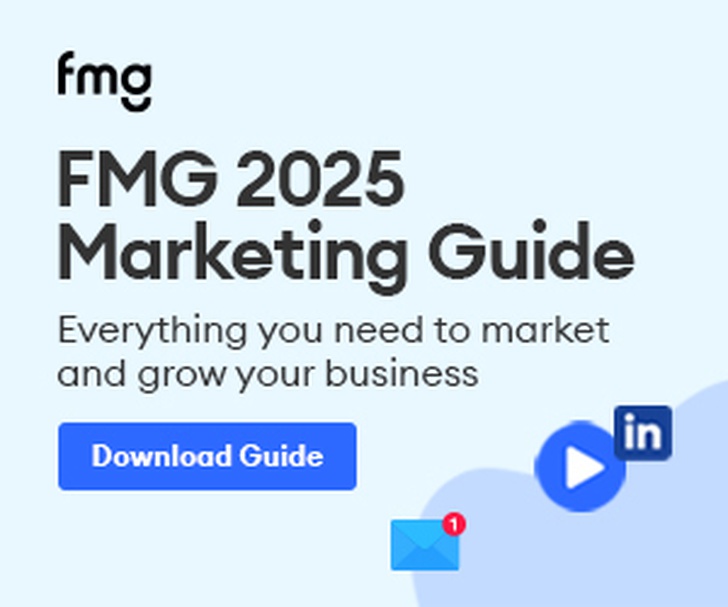Written by: Nikki Poe Over the past decade the marketplace has undergone fundamental change. However many firms still haven’t adapted to the new ways buyers find and select their professional services providers . Even firms that have embraced marketing technology and content marketing can struggle to deliver a cohesive, well-coordinated marketing program.As you consider your marketing priorities for 2018, it’s important to take a close look at what’s really happening in the marketplace, and then invest in the activities that are going to position your firm for future growth.In this post, I’ll help you identify some of the trends that are shaping the professional services marketplace today — and tomorrow. I’ll also provide you with five marketing planning tips to help you stand apart from your competition. Related: The Ingredients of a Strong Employer Value Proposition
What to expect in 2018
While I can’t claim to predict what will happen to the economy in 2018, I can offer — based on Hinge’s ongoing research into professional services marketing — a couple of observations about where marketing appears to be headed in the year ahead.Tip 1. Find out what you don’t know
If we’ve learned one thing at Hinge — through our work with hundreds of professional services clients and while marketing our own business — it’s this: you don’t know as much as you think you do about your buyers. You will never know what’s really going on in the marketplace until you do the research.Firms that conduct regular research on their target audience are much more likely to have higher than average rates of growth and profitability. In our 2017 High Growth Study of 505 firms, not one of the no-growth firms in the study did research, while over a third of the high-growth firms conducted research at least 4 times a year.This correlation between research and growth makes sense. When firms are guided by empirical evidence rather than anecdotes, assumptions, and hunches they can detect changes in the marketplace sooner, and more accurately.How to take action: Plan to interview a representative sample of clients and prospects to learn about their biggest challenges, how they view your firm, who they think your competitors are, and other issues critical to your business. Pro tip:while you can conduct interviews yourself, you will get better, more honest feedback if a skilled, impartial third party does it for you.Tip 2. Raise your content marketing game
Expertise wins new business. But if nobody knows you have it, they won’t be beating down your door. The trick is to make your expertise broadly visible to your target market. And the way to accomplish that is to share your knowledge freely.Content marketing is a process that exposes your firm’s expertise to a wide audience — by blogging (on your own site and on others’ sites), writing articles and books, conducting webinars, speaking at events, investing in search engine optimization and more.It’s the best way to spread your reputation, online and offline.And if you aren’t doing it in a consistent, systematic way, you aren’t competing in the modern marketplace.How to take action: If you are already doing some content marketing, ask yourself if it’s creating the exposure and opportunities that you are looking for. What do you need to do to raise the level of your content development and promotion? You also need to decide if outside assistance can help you achieve your goals. It’s okay if you don’t do all of it yourself — many firms get help writing and promoting their content. And if you aren’t doing any content marketing yet, it’s time to start developing a plan to get into the game.Tip 3. Give your employer brand some love
Let’s face it. It’s a tough market for employers. Finding good, highly qualified professionals can be a real challenge right now. And to make matters worse, head-hunters are always dangling enticing job offers in front of your team members.That’s why over a third (35.8%) of firms in a recent study said that making their firm attractive to potential employees was a top marketing priority. And I expect this percentage to grow as employer branding becomes a more familiar concept to professional services executives, marketers, and HR professionals.While branding has traditionally been a client-facing activity, it is now being used by many firms to promote their workplace and build loyalty.When we asked job candidates what they wanted most in their next job, their top three criteria were:Tip 4. Don’t waste your time and money (spend it on what works, instead)
There is more data than ever about what actually works in marketing. But are you using it?Many firms today still rely on the old standbys to drive leads — in-person networking and referrals.While there is nothing wrong with those techniques, they come with built-in limitations.You can only meet and nurture a finite number of people, and you have a limited number of clients and influencers who know your firm and can refer you to others.Online marketing busts through those barriers, and high-growth firms know it.Based on Hinge’s high-growth research, here’s where the best-performing firms are spending their marketing dollars compared to their no-growth peers: How to take action: Look at the list of marketing activities and compare them to your current marketing program. Use this as a guide as you retool your 2018 marketing plan. Clearly, many of the top techniques are content marketing tactics, so be sure to revisit your content marketing plan, as well (see Tip 2, above).
How to take action: Look at the list of marketing activities and compare them to your current marketing program. Use this as a guide as you retool your 2018 marketing plan. Clearly, many of the top techniques are content marketing tactics, so be sure to revisit your content marketing plan, as well (see Tip 2, above).


